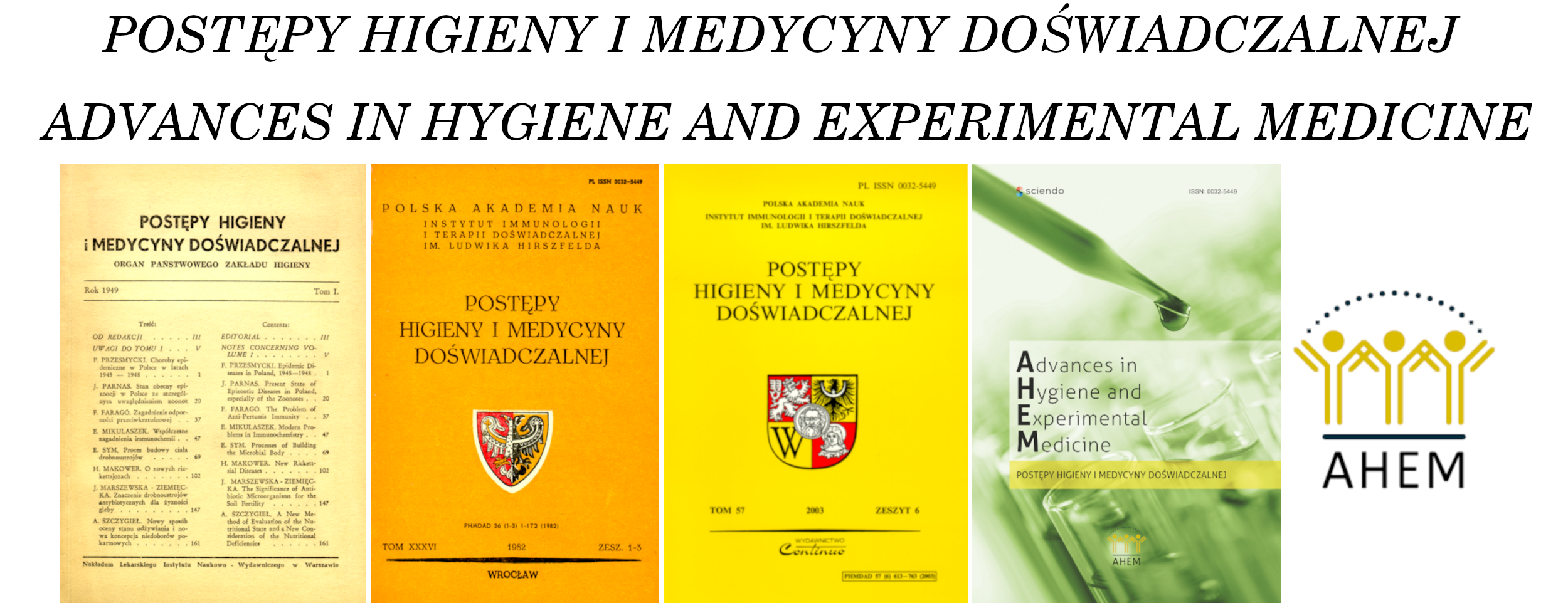Functional characterization of the UBIAD1 protein: The nodal point for vitamin K and cholesterol synthesis. From corneal dystrophies to lifestyle diseases
Anna Sarosiak 1 , Monika Ołdak 1Abstract
UbiA prenyltransferase domain-containing protein 1 (UBIAD1) is a transmembrane enzyme that plays an essential physiological role in the human body. The most important functions of the UBIAD1 protein include (i) the synthesis of endogenous vitamin K, (ii) direct and indirect participation in the cholesterol synthesis pathway and (iii) synthesis of the non-mitochondrial ubiquinone Q10 (CoQ10), a cellular antioxidant [27, 28, 30]. UBIAD1 is the only protein in the human body that is known to convert derivatives of the plant form of vitamin K1 to the endogenous vitamin K2 (MK-4). Mutations in the UBIAD1 gene and/or dysfunction of the UBIAD1 protein have severe consequences on cellular metabolism and are causative of many diseases, including Schnyder corneal dystrophy (SCD). It is an inherited disease that leads to gradual vision loss by the deposition of lipids in the cornea. The mechanism of the disease remains largely unknown. Importantly, dysfunction of UBIAD1 was also found in other diseases, such as (i) Parkinson’s disease, (ii) cardiovascular diseases and (iii) prostate and bladder cancer. In this paper we attempt to present a wide characterization of UBIAD1 metabolic functions at the cellular and tissue level. We also show the mechanisms that may lead to pathological changes observed in SCD. Based on previous research, we demonstrate the complexity of processes in which the UBIAD1 protein is involved. The aim of this review is to analyze possible causes and to present a probable explanation for the occurrence of various diseases related to the dysfunction of UBIAD1.
